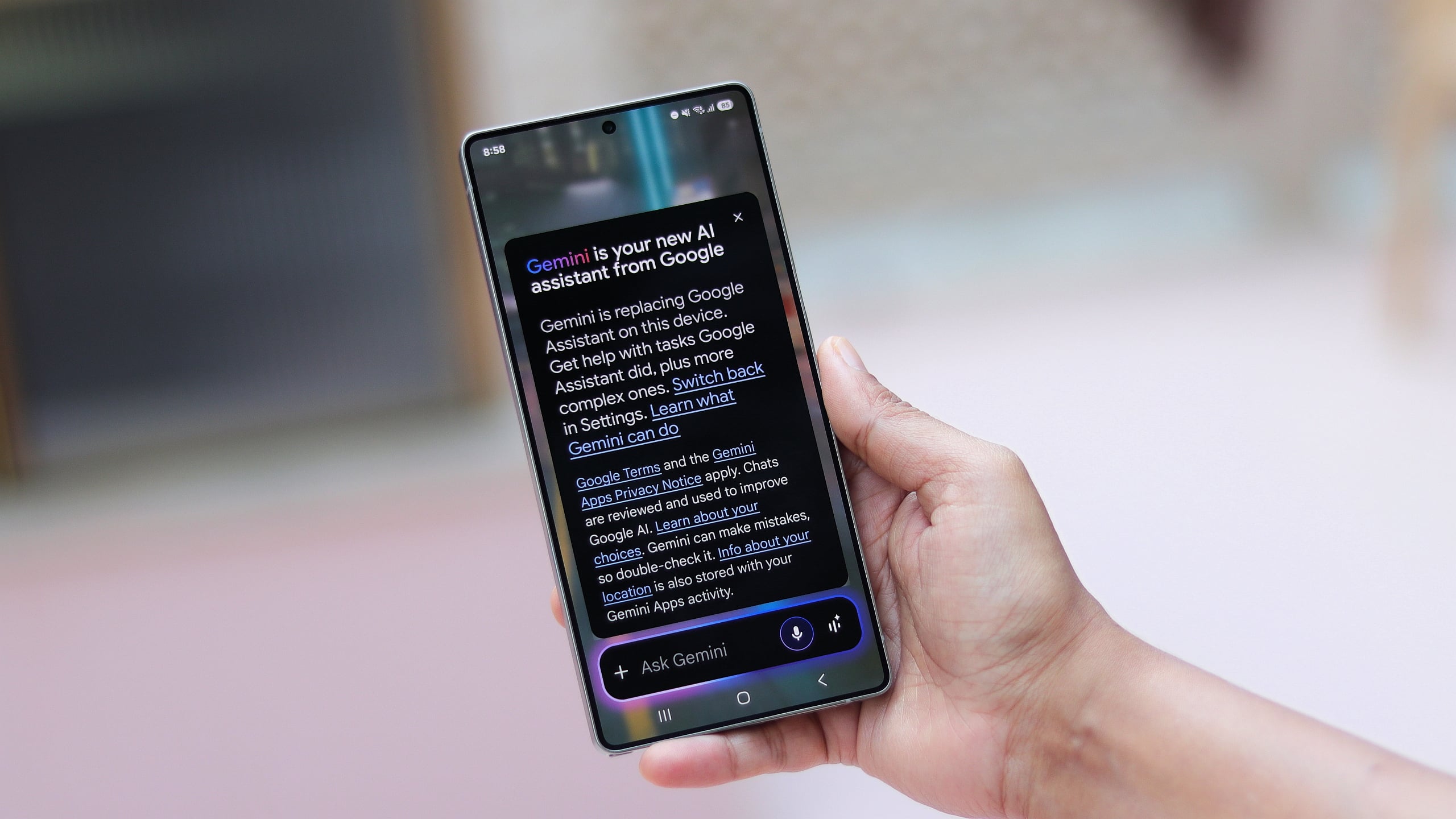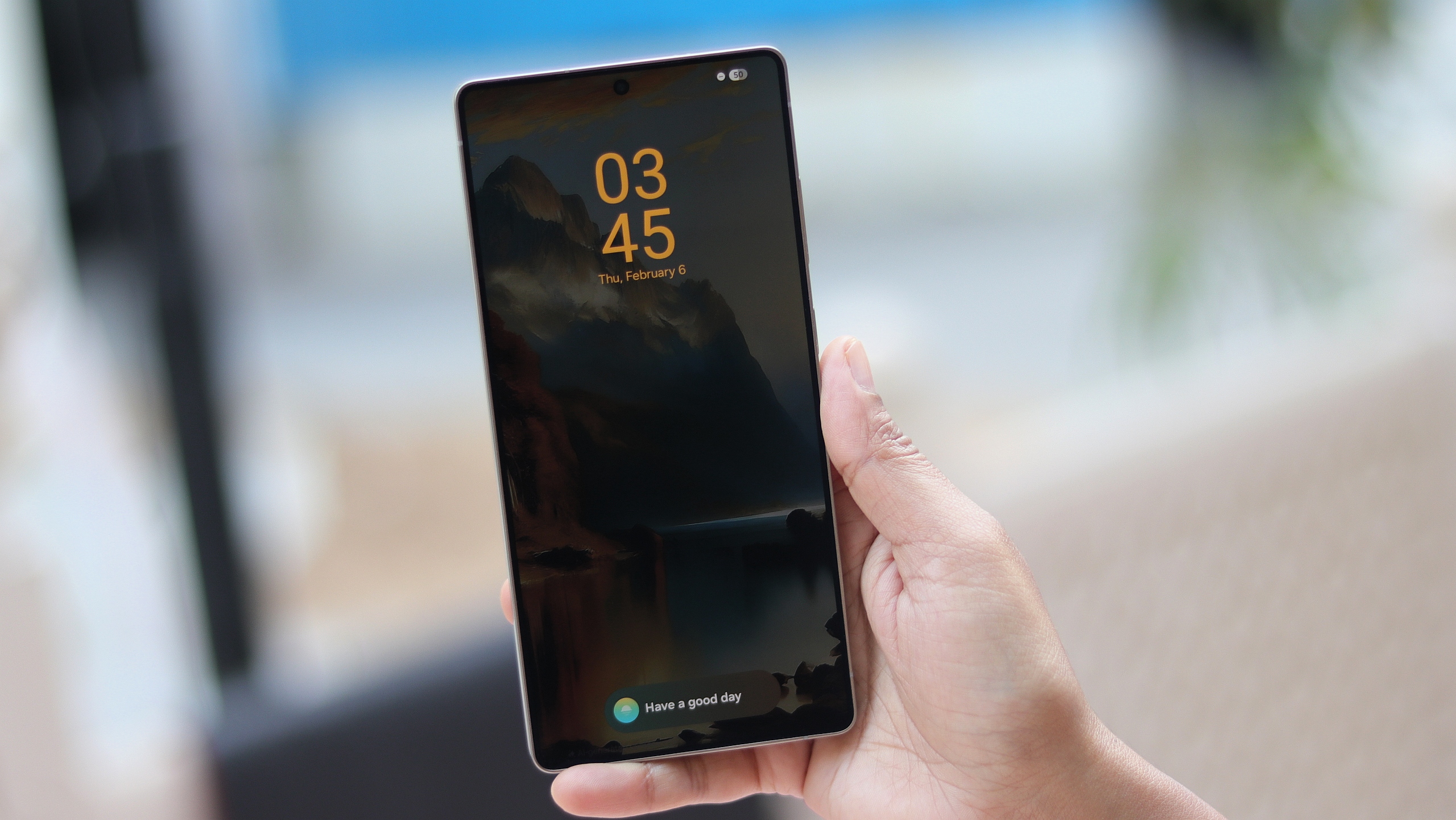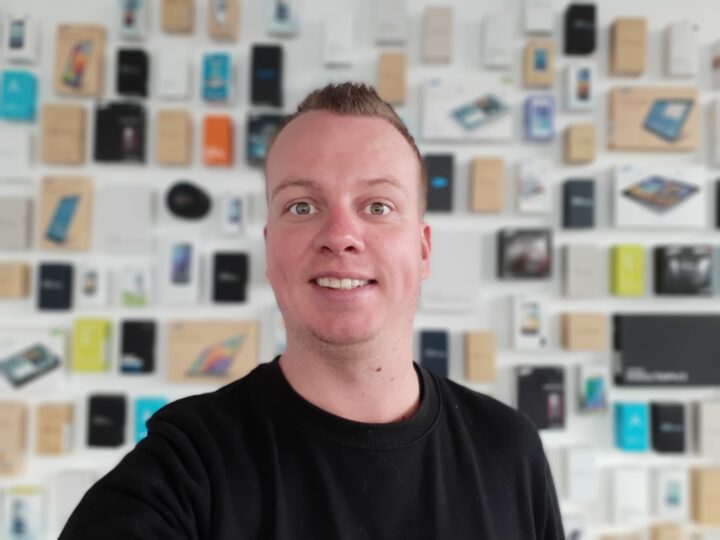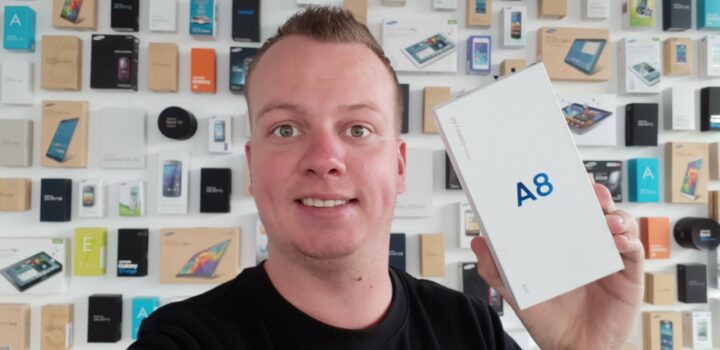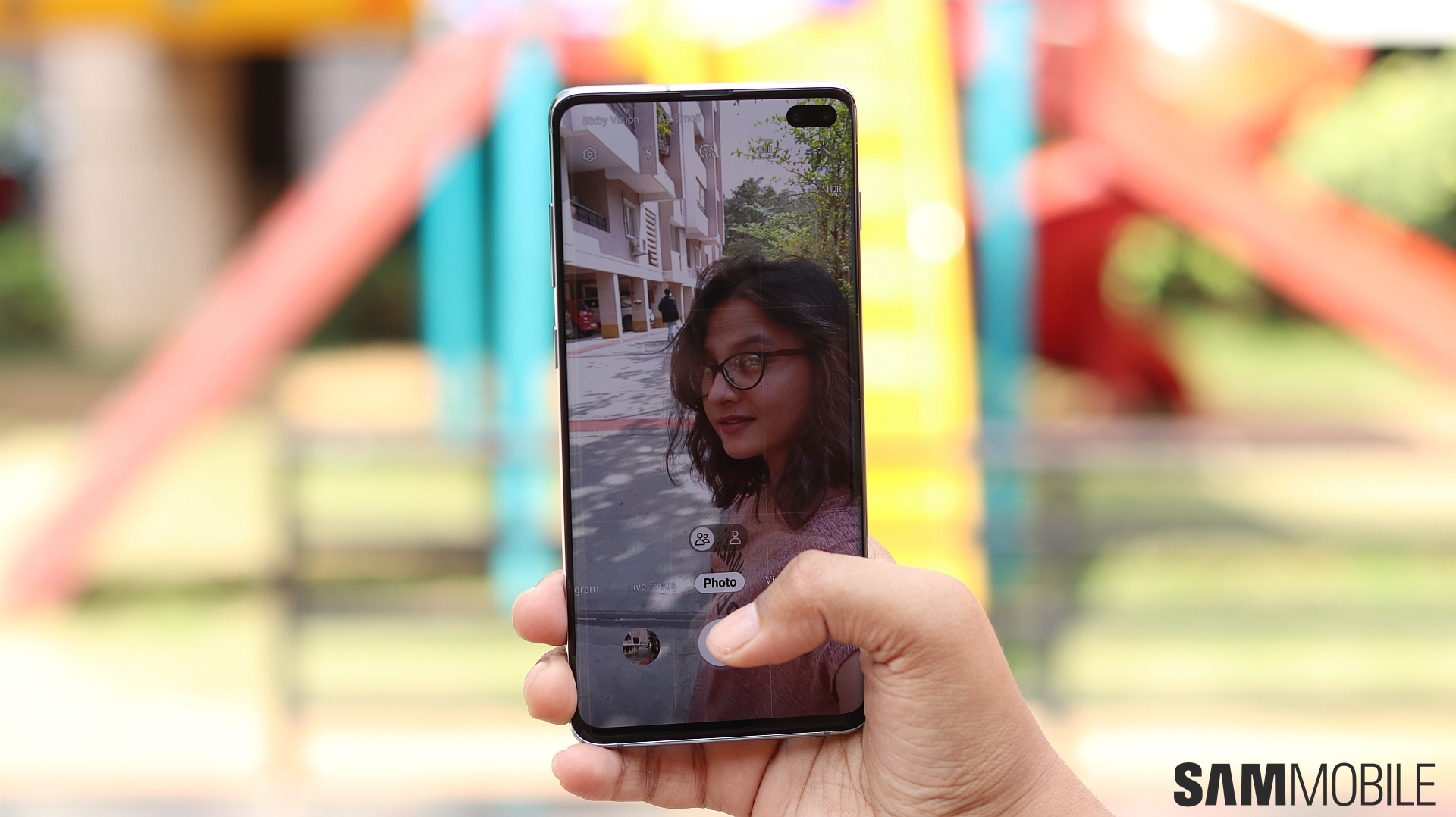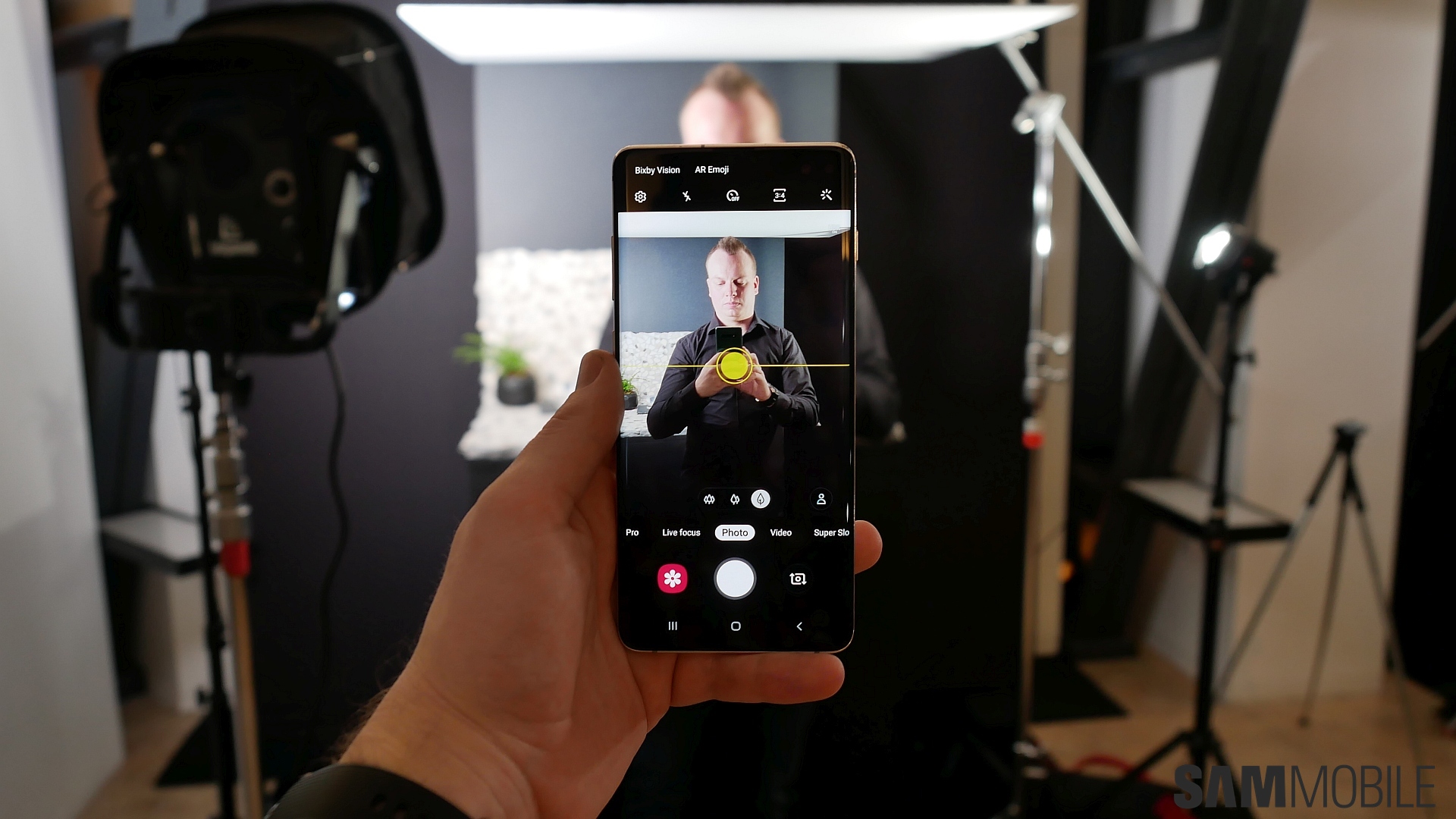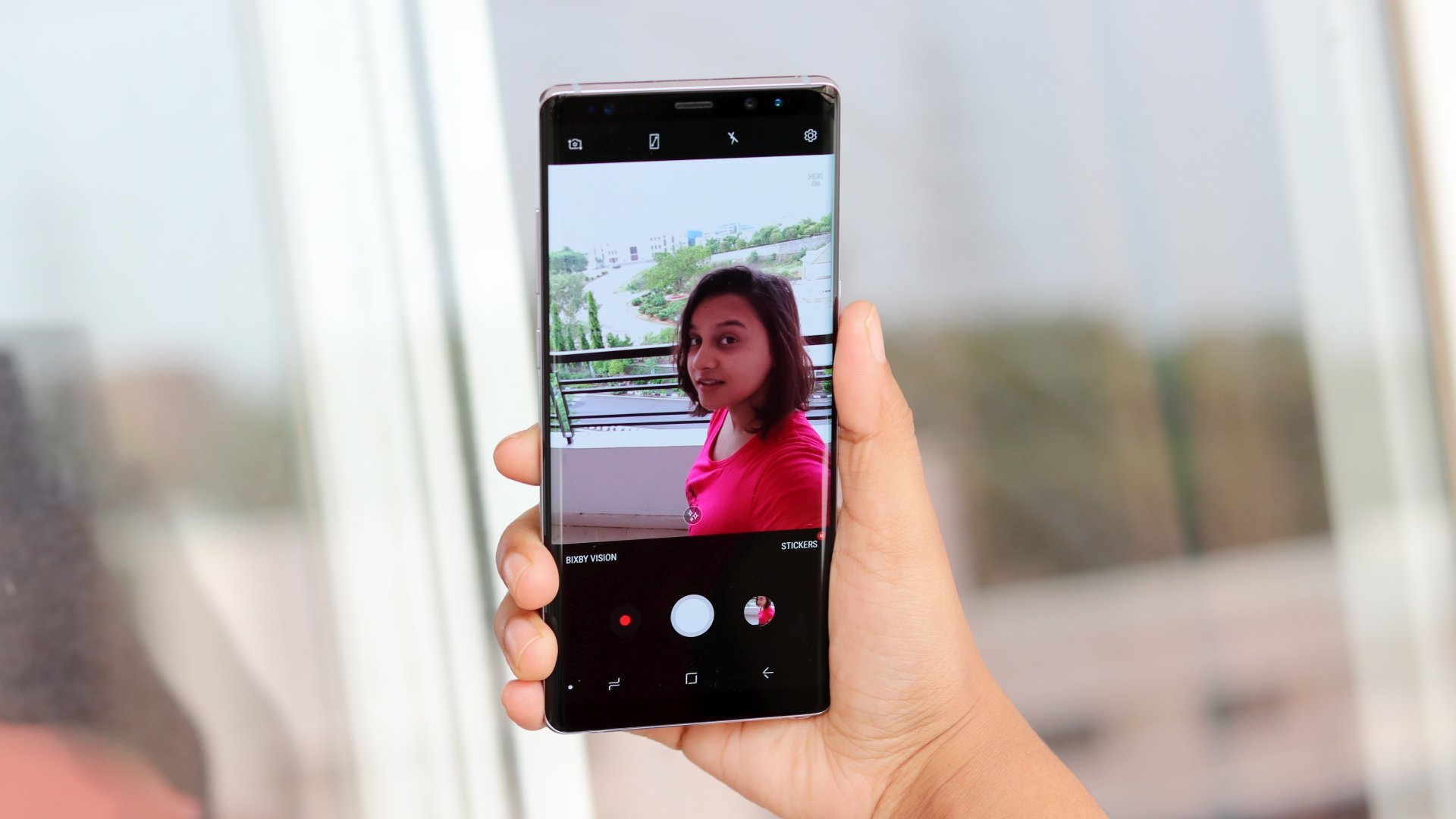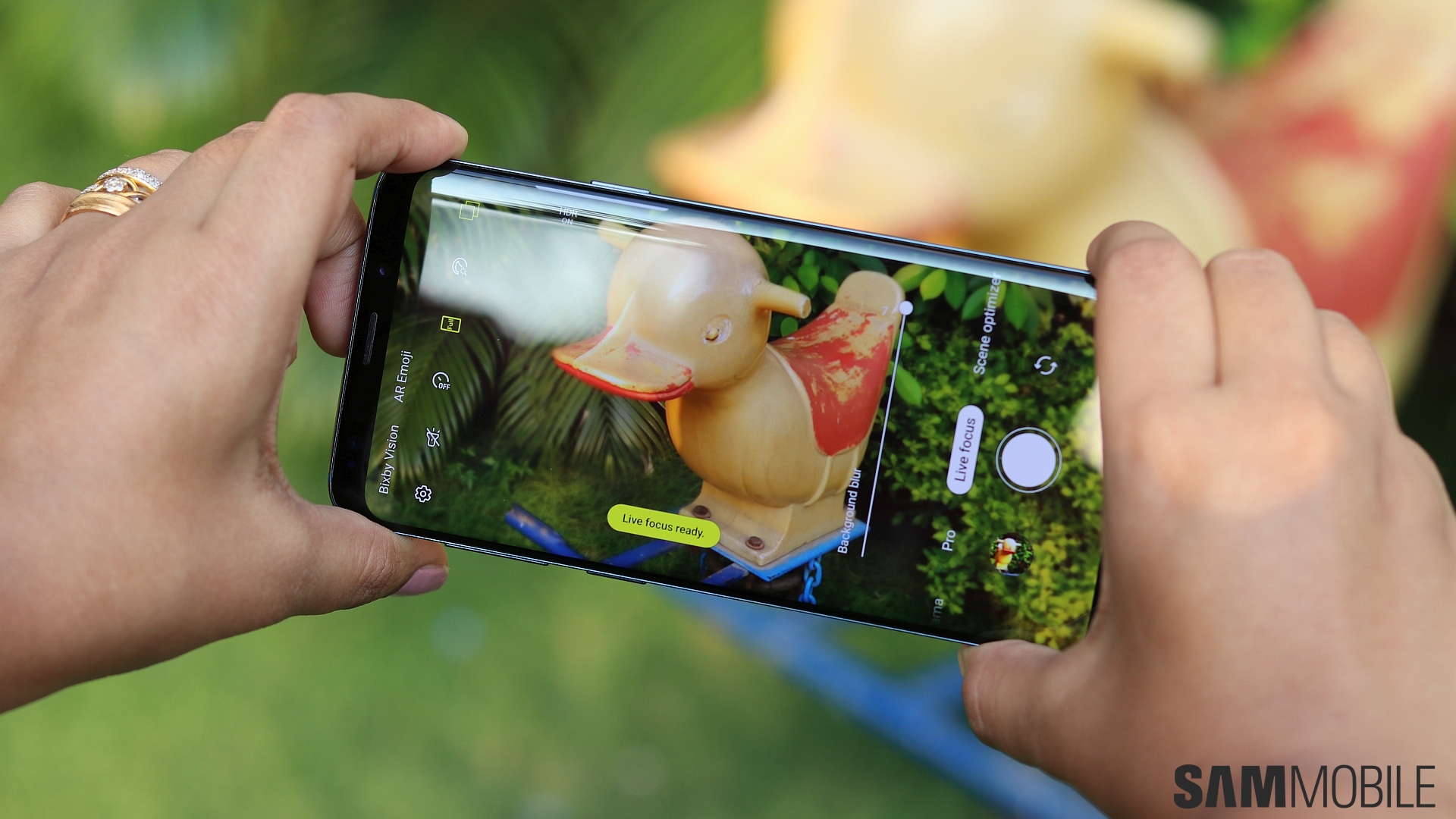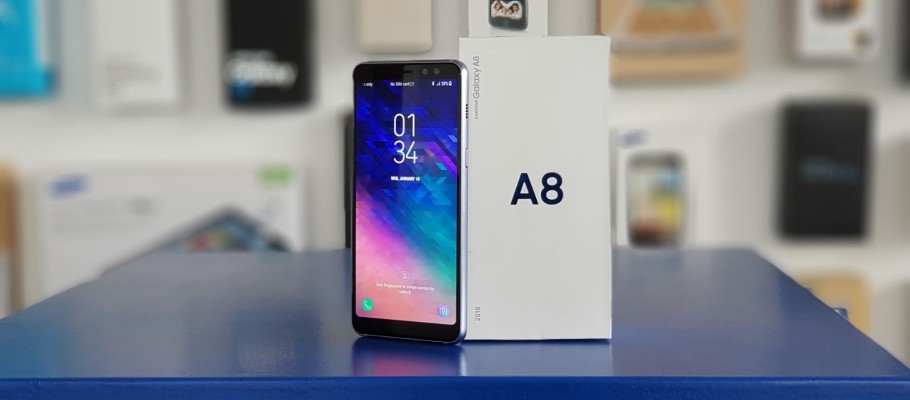
Galaxy A8 (2018) Live Focus selfies come out well
We'll be testing the phone inside out in the coming days before publishing our full review, but for now, we thought we'd put up a few Live Focus selfie samples to give our readers a glimpse of what the dual front cameras on the A8 can do. We can't offer a conclusion yet, but the feature seems to work quite well with selfies, even managing to blur out the edges around the hair and ears properly. Well, the real test would be with longer hair, and the selfies aren't too sharp (especially when you see the full-size versions on a PC), but we're impressed with the results overall. In fact, with the Samsung boxes on our office wall as the background, the result is slightly better than with Live Focus on the Note 8's rear cameras.
It's also worth noting that on the Galaxy A8, you can not only adjust background blur in Live Focus pictures after they've been taken, but also change the area of focus. That's similar to what we could do with the Selective focus camera mode on single-camera Samsung phones, and it looks like the company has managed to bake the feature in with Live Focus on the A8. The Note 8 doesn't allow this with Live Focus pictures, but we're hoping Samsung will add the functionality with a software update in the future.
We'll be publishing our hands-on experience with the Galaxy A8 and A8+ soon, so keep an eye out for that. For now, check out the samples below and let us know what you think. We have also added a comparison of a photo taken with maximum and minimum background blur at the bottom.


